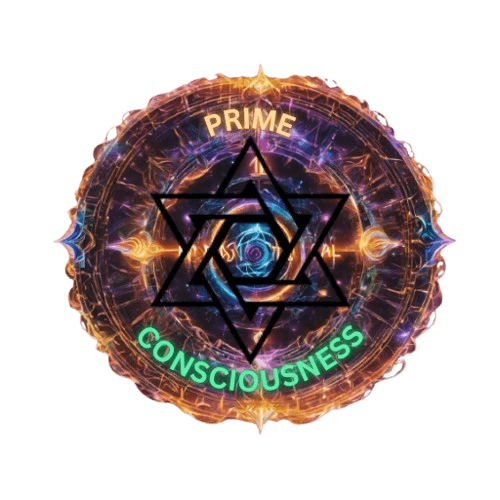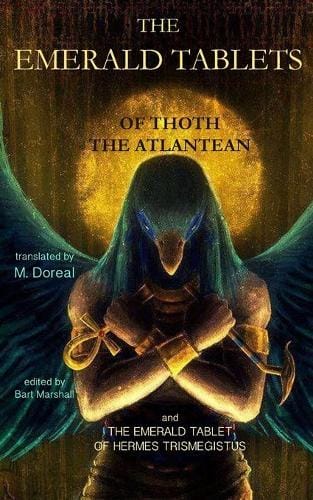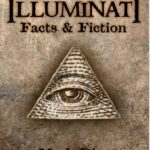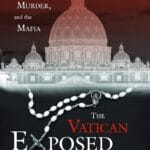Description
Vatican’s Mafia” is a book by author and journalist Giulio F. Taddeo (published in 2003), which delves into the complex relationship between the Vatican, the Mafia, and organized crime. It’s an investigative work that reveals, or at least suggests, the ways in which the Vatican has been involved, knowingly or unknowingly, in supporting or being manipulated by criminal organizations. The book focuses on the darker side of this relationship and raises questions about corruption, money laundering, and how powerful institutions may turn a blind eye to illicit activities.
Here are some of the hidden truths or themes explored in the book:
1. The Vatican’s Financial Secrets
-
The Vatican has been involved in a number of financial scandals over the years. The book highlights the role of the Vatican Bank (the Institute for the Works of Religion) in controversial financial transactions that may have been used to funnel money for criminal organizations. The connection between the Vatican’s finances and organized crime, including the Mafia, is explored, focusing on how these funds may have been used for money laundering or illicit dealings.
2. The Vatican’s Alleged Ties with the Mafia
-
The book suggests that, throughout history, certain members of the Vatican have had connections with Mafia figures, which might have been used to protect the interests of the Catholic Church or to secure certain political or financial advantages. This claim ties into larger discussions about how corrupt individuals within the Church may have cooperated with criminal syndicates.
3. The Role of the Vatican in Global Politics
-
Vatican’s Mafia examines how the Vatican, as an influential global institution, may have inadvertently or deliberately shaped political events. The Vatican’s connections with various political figures, both within Italy and internationally, come under scrutiny. The book also raises questions about the Vatican’s role during moments of political unrest, like during the Cold War, and how it might have used its power to support or oppose certain regimes for its benefit.
4. The ‘Silence’ of the Vatican
-
One of the book’s central claims is the notion of “silence” – how certain members of the Vatican turned a blind eye to illegal activities, or perhaps even helped conceal them. The idea is that the Vatican, despite being a moral authority for billions of Catholics worldwide, may have been complicit in criminal activities, either out of self-preservation, maintaining influence, or for financial gain.
5. Historical Investigations into Corruption
-
The book also goes into the historical background of scandals involving the Vatican, particularly the murder of banker Roberto Calvi in 1982, often linked to both the Vatican Bank and Mafia figures. It delves into the theories surrounding his death and the allegations of corruption within the Vatican Bank at the time.
6. The Vatican’s ‘Dirty Deals’ with Fascists and Criminals
-
Another aspect discussed in the book is how the Vatican allegedly struck deals with fascist regimes, organized crime groups, and corrupt political elites to protect its interests. This is particularly examined in the context of post-WWII Europe, where the Vatican is said to have played a role in helping former Nazi officials escape Europe, as well as its dealings with the Sicilian Mafia.
7. Mafia Influence within the Vatican’s Inner Circles
-
The book also examines how Mafia connections may have infiltrated even the higher ranks of the Church, suggesting that criminal organizations might have had influence in some of the Vatican’s inner workings. This isn’t just about financial dealings, but the idea that Mafia figures may have had influence over key decisions made within the Vatican.
8. Allegations of Cover-Ups
-
Many of the claims in the book point to attempts by the Vatican to cover up its connections to organized crime and its role in certain illegal activities. It suggests that the Vatican used its vast influence and reach to avoid public scrutiny or prosecution of criminal dealings that could tarnish its image.
9. Pope John Paul II and the Mafia
-
Some interpretations in the book discuss the relationship between Pope John Paul II and the Mafia. It posits that although Pope John Paul II is seen as a moral figure, he may have been less aware of or unwilling to address the criminal undercurrents within his own institution.














Reviews
There are no reviews yet.